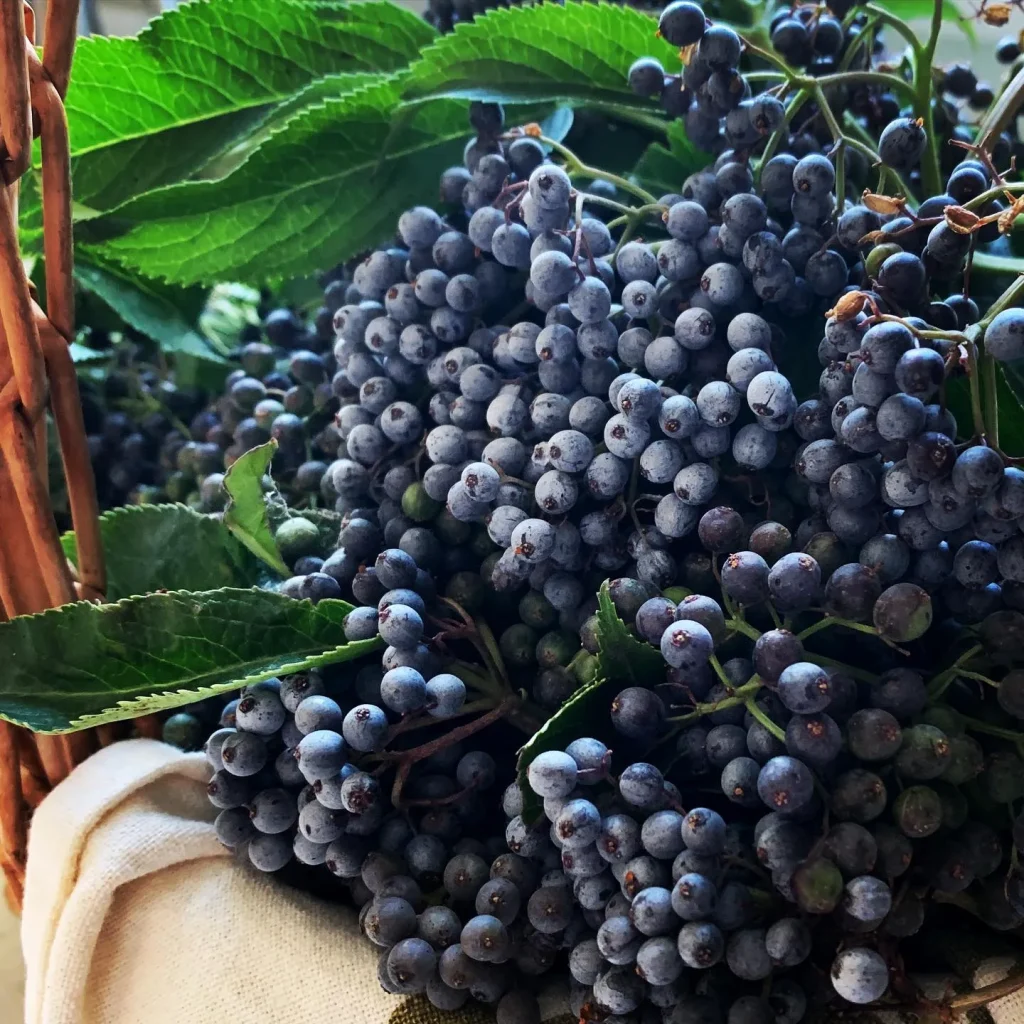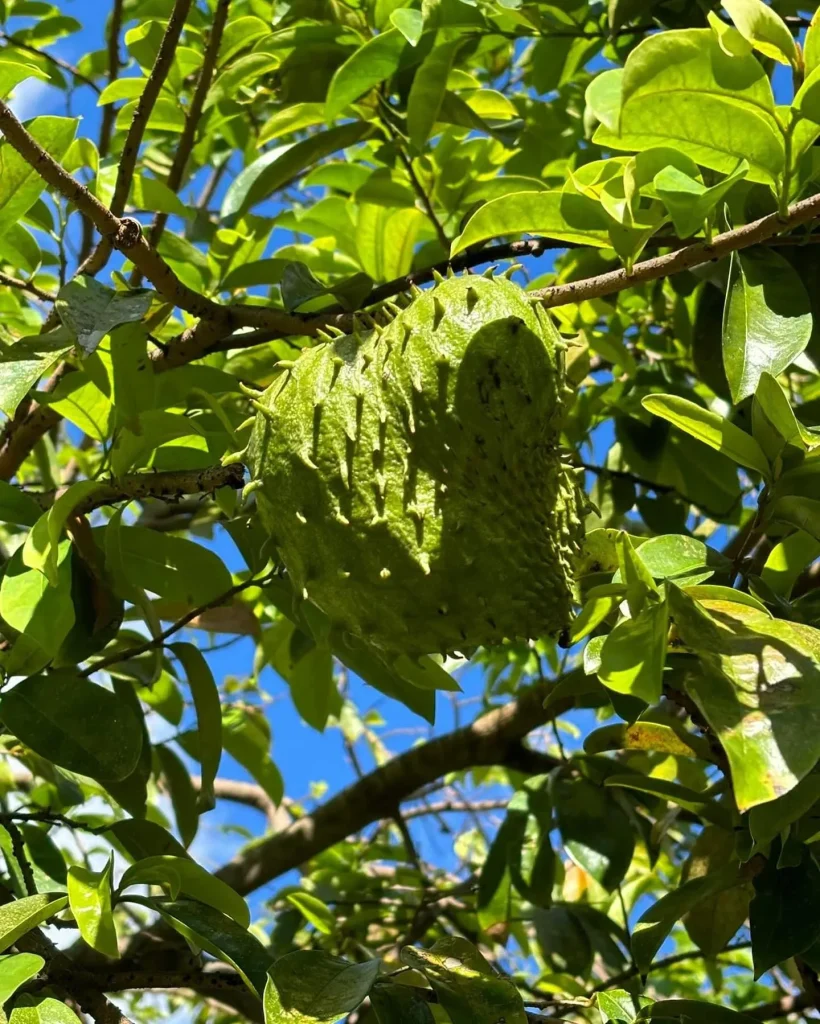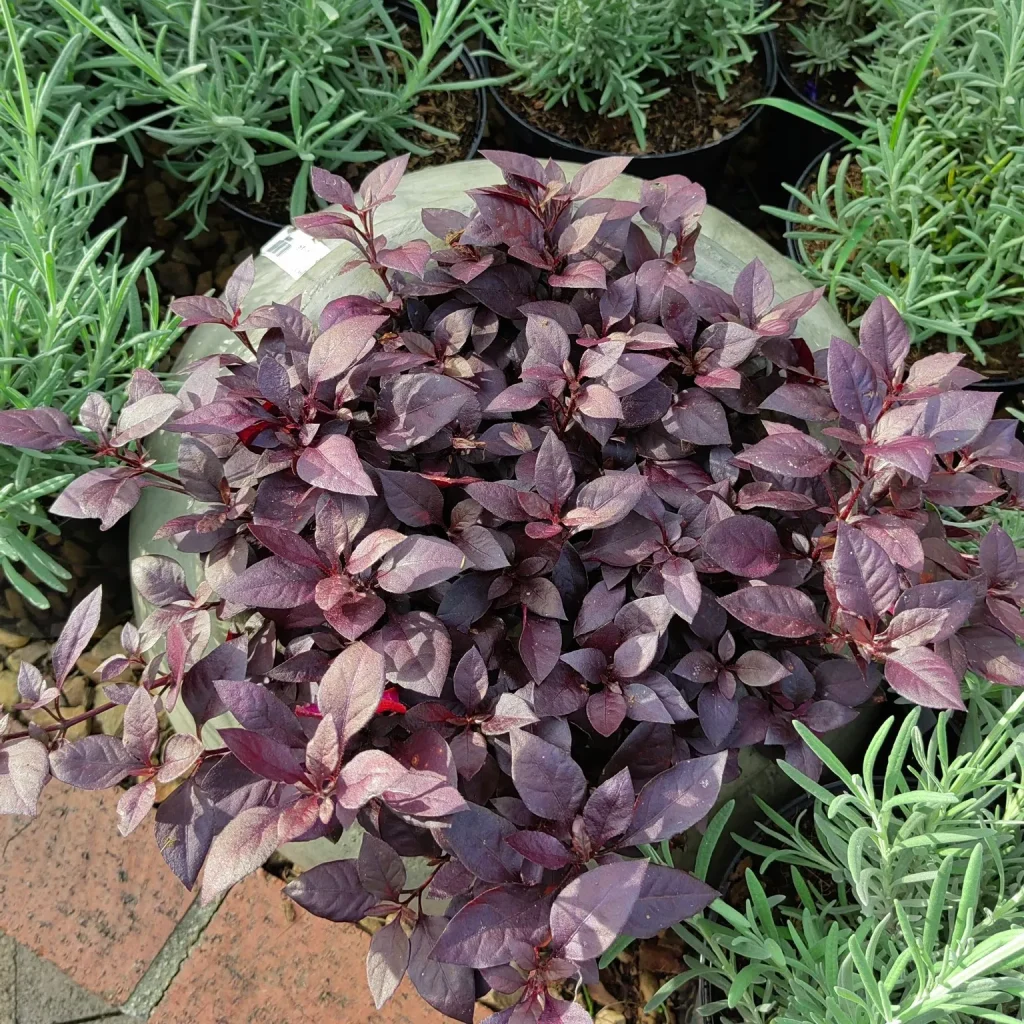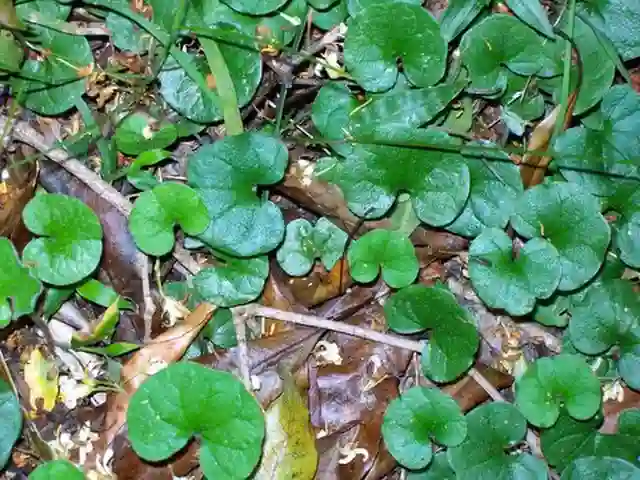Tahina Spectabilis: A Rare Marvel in the World of Palms
When I first encountered Tahina spectabilis, the sheer rarity and unique life cycle of this palm left me captivated. Native to Madagascar, this extraordinary plant has piqued the interest of botanists and plant enthusiasts alike. Not only does it stand out due to its size and stunning appearance, but its remarkable life history and conservation story add to its allure.
A Unique Species in the Palm World
Tahina spectabilis, commonly known as the Tahina palm or the Suicide Palm, is the sole species in the genus Tahina, family Arecaceae. This towering palm is known for its striking fan-like leaves, which spread outward from a robust, single trunk. Each leaf can reach up to five meters in length, making the tree an impressive presence within the dry forests of northwestern Madagascar. However, what truly sets Tahina spectabilis apart is its remarkable life cycle, which is known as hapaxanthy—a botanical term for plants that flower once and then die. This process has earned it the nickname “Suicide Palm,” as it produces a single, massive inflorescence at the end of its life.
The Tahina palm grows for several decades before reaching maturity, which is when it prepares for its grand finale. It expends all its energy into producing a towering, branched inflorescence that emerges from its crown and can stand over five meters tall. The spectacle of this event is nothing short of breathtaking, as thousands of small, cream-colored flowers attract pollinators, ensuring the continuation of its lineage.
The Mystery and Discovery of Tahina Spectabilis
The discovery of Tahina spectabilis is one of those rare occurrences in modern botany where a previously unknown, large plant species was found in the wild. The palm was first identified in 2007 by a family living near the Antsiranana Province in Madagascar, who had observed this towering palm flowering in their vicinity. After its identification, Tahina spectabilis was formally described in 2008. Its name, “Tahina,” fittingly means “to be protected” in Malagasy, a reference to the urgent need for conservation due to its limited distribution.
This palm species brought a surge of excitement to the botany community, particularly since large plant discoveries are exceedingly rare in the 21st century. The palm’s inclusion on the IUCN Red List as Critically Endangered soon followed, as the estimated population stands at fewer than 100 mature trees. The conservation community has since rallied around Tahina spectabilis, aiming to protect this unique and vulnerable species.
The Remarkable Life Cycle of the Suicide Palm
The life cycle of Tahina spectabilis makes it a true marvel in the plant kingdom. As a monocarpic species, this palm invests decades of slow growth before it ultimately blooms, an event that occurs only once. During the flowering phase, the palm appears to explode with energy, creating a gigantic, branching flower spike. The process can be likened to a dramatic swan song; after pollination and seed production, the tree exhausts itself completely and dies.
For those who have witnessed this phenomenon, the sight of Tahina spectabilis in full bloom is a once-in-a-lifetime experience. The seeds produced by the palm are crucial to the survival of the species. Conservationists and local communities have worked together to collect and distribute seeds for cultivation, ensuring that Tahina spectabilis has a chance to survive beyond the fragile limits of its native habitat.
Conservation Efforts and Cultural Importance
In Madagascar, Tahina spectabilis holds both ecological and cultural significance. Due to its critically endangered status, local and international conservation organizations have developed strategies to protect its remaining populations. The Madagascar Biodiversity Partnership and the Royal Botanic Gardens, Kew, are among those spearheading efforts to preserve this incredible palm. Additionally, community-based conservation has become a priority, with efforts aimed at involving local communities in protecting the Tahina palm through education and sustainable practices.
One important step in conservation has been seed distribution and cultivation. Botanical gardens worldwide now cultivate Tahina spectabilis, spreading awareness of this rare species and safeguarding its genetic diversity. This approach also highlights the importance of ecological conservation and Madagascar’s unique biodiversity to a global audience.
My Personal Fascination with Tahina Spectabilis
In my journey as a plant enthusiast, few species have captured my imagination quite like Tahina spectabilis. Witnessing the extraordinary dedication to survival embedded within this plant’s lifecycle has deepened my appreciation for Madagascar’s flora. The palm’s monumental bloom, followed by its inevitable decline, serves as a profound reminder of nature’s beauty and transience.
For me, Tahina spectabilis symbolizes resilience and adaptability—two qualities that are essential in the face of environmental challenges. Its survival story speaks volumes about the impact of conservation, particularly when local communities join forces with global organizations to protect such rare natural wonders. Owning a seedling or young specimen of this species is a rare privilege, not only because of its beauty but because it represents a living connection to Madagascar’s unique ecosystems.
Final Thoughts on Tahina Spectabilis
The Tahina spectabilis stands as a testament to the diversity and wonder of the plant kingdom. This palm reminds us of the delicate balance required to preserve Earth’s biodiversity, especially for species with such limited populations and unique life histories. Learning about the Tahina palm’s journey from obscurity to conservation icon has been a rewarding experience, one that reinforces the need for protecting such extraordinary plants.
In my view, the story of Tahina spectabilis is one of hope and determination. This resilient palm, with its grand life cycle and cultural significance, shows us that even the most remote corners of the Earth hold treasures worth saving. For anyone passionate about plants, Tahina spectabilis is more than just a palm—it’s a powerful reminder of our collective responsibility to protect the natural world.
If i die, water my plants!



